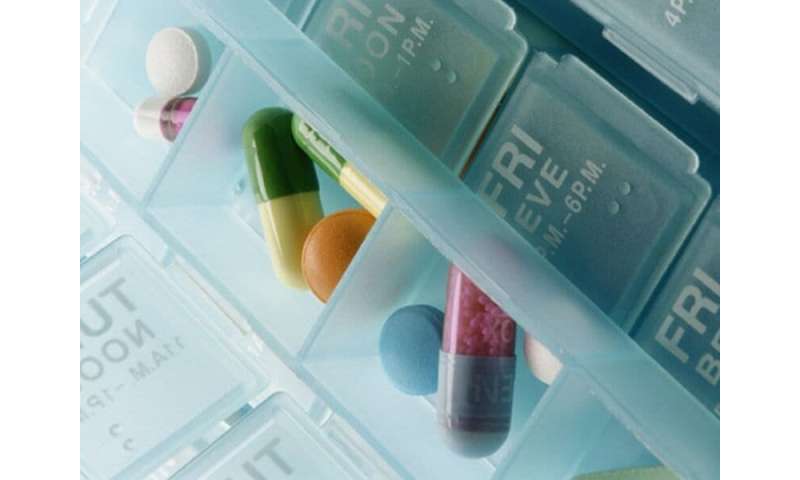
(HealthDay)—Drug interactions between antiretroviral therapy (ART) and direct-acting antivirals (DAAs) pose a clinical challenge in patients with HIV/hepatitis C virus (HCV) coinfection, according to an article published online Dec. 17 in the Journal of the Association of Nurses in AIDS Care.
Laura E. Starbird, Ph.D., R.N., from the Columbia University School of Nursing in New York City, and colleagues provide guidance for registered nurses and nurse practitioners who care for patients coinfected with HIV and HCV.
The authors note that diligence is required in coprescribing to avoid potentially toxic drug interactions. Administration of simeprevir is the most problematic with ART, with 76 to 88 percent of persons living with HIV potentially encountering a contraindicated drug-drug interaction. The fewest interactions with ART are seen for sofosbuvir, with prevalence ranging from 0 to 24 percent. In the presence of sofosbuvir, the only contraindicated ART is tipranavir. Nurses should be prepared to initiate ART switches at least one month before initiation of DAA. When an ART modification is made to accommodate DAAs, the DAA should not be started for at least two weeks after regimen change. To ensure viral suppression, HIV viral load should be checked within two to eight weeks after switching. If switching back, it is recommended to wait two weeks after completing DAA until resuming original ART regimen.
“Nurses are in a position to identify, mitigate, and manage ART/DAA drug interactions and should be knowledgeable in this area,” the authors write.
Source: Read Full Article
